Home>Garden Essentials>How Long To Grow Cantaloupe From Seed
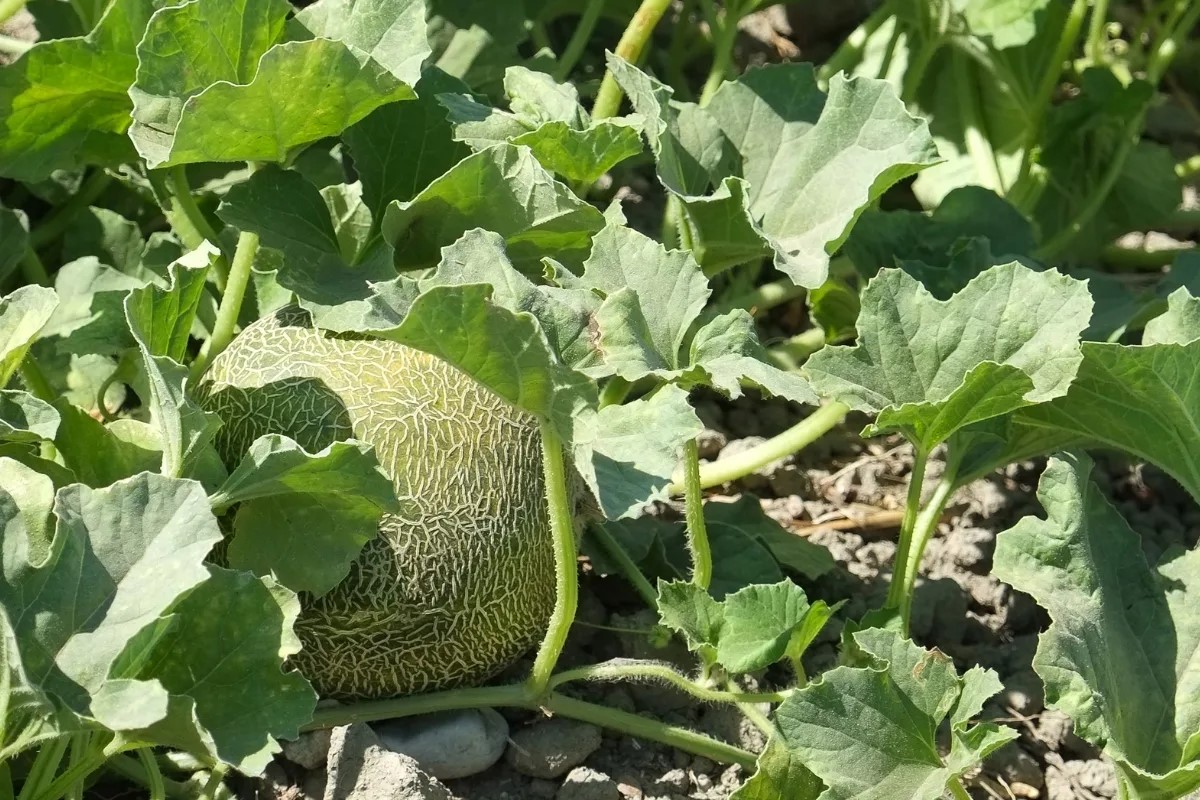

Garden Essentials
How Long To Grow Cantaloupe From Seed
Modified: March 16, 2024
Learn how long it takes to grow delicious cantaloupe from seed in your garden. Discover essential tips and techniques for a successful harvest.
(Many of the links in this article redirect to a specific reviewed product. Your purchase of these products through affiliate links helps to generate commission for Storables.com, at no extra cost. Learn more)
Introduction
Growing cantaloupe from seed can be a rewarding experience for gardeners of all levels. Whether you have a spacious backyard or a small balcony, this delicious and nutritious fruit can thrive in a variety of settings. With proper care and attention, you can cultivate your own sweet and juicy cantaloupes right at home.
Not only is it gratifying to watch your cantaloupe plants flourish and bear fruit, but it also allows you to enjoy the freshest produce possible. Nothing compares to the flavor and satisfaction of picking a ripe cantaloupe from your own garden and savoring its sweet aroma and taste.
In this guide, we will walk you through the steps of growing cantaloupe from seed, providing you with the knowledge and techniques to achieve success. From choosing the right cantaloupe variety to harvesting your ripe fruit, we will cover each stage of the growing process, ensuring that you are equipped with the necessary information to cultivate healthy and delicious cantaloupes.
So, grab your gardening tools and let’s dive into the wonderful world of growing cantaloupe!
Key Takeaways:
- Choose the right cantaloupe variety based on your climate, taste preferences, and disease resistance to ensure successful homegrown melons.
- Proper soil preparation, watering, and monitoring are essential for growing delicious cantaloupes at home. Enjoy the sweet rewards of your hard work and patience!
Choosing the Right Cantaloupe Variety
When it comes to selecting a cantaloupe variety to grow in your garden, there are several factors to consider. Each variety has its own unique characteristics, including size, taste, and resistance to diseases. Here are a few popular cantaloupe varieties that you can choose from:
- Hale’s Best: Known for its exceptional flavor, Hale’s Best is a classic cantaloupe variety with sweet, juicy flesh. It has a relatively small size, making it perfect for home gardens with limited space.
- Crimson Sweet: As the name suggests, this variety is cherished for its deep red, sweet flesh. Crimson Sweet cantaloupes can grow to be quite large, making them a favorite for those who enjoy sharing their harvest with friends and family.
- Sugar Cube: If you’re looking for compact cantaloupes that are bursting with sweetness, Sugar Cube is the perfect choice. This variety produces small, flavorful fruits that are ideal for snacking.
- Athena: Athena cantaloupes are known for their refreshing taste and high sugar content. They have a green rind with light netting and produce medium-sized fruits that are a favorite among gardeners and consumers alike.
- Ananas: Ananas cantaloupes, also known as Pineapple cantaloupes, have a distinct flavor that resembles that of a pineapple. These melons have a yellowish-orange flesh and are a great option for those looking to try something unique.
Consider the climate in your area and the length of your growing season when selecting a cantaloupe variety. Some varieties may be better suited for cooler or warmer climates, so it’s important to choose one that will thrive in your specific conditions.
Additionally, take into account your personal preferences for taste and texture. Some people prefer a sweeter melon, while others may enjoy a more subtle flavor. Read up on the different varieties and their flavor profiles to ensure you choose a cantaloupe that will satisfy your taste buds.
Lastly, check for disease resistance when selecting your cantaloupe variety. Some varieties are more resistant to common cantaloupe diseases, such as powdery mildew or fusarium wilt. Choosing a disease-resistant variety can help ensure a successful harvest and reduce the risk of plant damage.
Remember, the right variety of cantaloupe can make all the difference in your gardening experience. Choose wisely, and you’ll be on your way to growing delicious, homegrown cantaloupes.
Preparing the Soil
Before planting cantaloupe seeds, it is essential to prepare the soil properly. Cantaloupes thrive in well-draining soil that is rich in organic matter. Here are the steps to follow when preparing the soil for your cantaloupe plants:
- Choose the right location: Select a sunny spot in your garden that receives at least six to eight hours of direct sunlight each day. Cantaloupes love warmth and need ample sunlight to grow and ripen properly.
- Clear the area: Clear away any weeds, rocks, or debris from the planting area. This will prevent competition for nutrients and ensure that your cantaloupe plants have enough space to spread and thrive.
- Loosen the soil: Use a garden fork or tiller to loosen the soil to a depth of 12-18 inches. This will help with root penetration and promote proper drainage.
- Add organic matter: Incorporate organic matter, such as compost or well-rotted manure, into the soil. This will improve its fertility, structure, and water-holding capacity. Spread a 2-3 inch layer of organic matter over the planting area and mix it into the soil thoroughly.
- Test the soil pH: Cantaloupes prefer a slightly acidic to neutral soil pH range of 6.0-7.0. Test the soil pH using a soil testing kit and adjust it if necessary by adding agricultural lime to raise the pH or sulfur to lower the pH.
- Smooth and level the soil: Rake the soil to smooth out any bumps and create a level surface for planting. This will help with irrigation and prevent water from pooling around the plants.
By properly preparing the soil, you create an optimal environment for your cantaloupe plants to establish strong roots and absorb nutrients. This will contribute to healthy plant growth and increase the chances of a bountiful harvest.
Once the soil has been prepared, you are ready to move on to the next step: planting the cantaloupe seeds. So roll up your sleeves and get ready to sow your future melon patch!
Planting Cantaloupe Seeds
Planting cantaloupe seeds is an exciting step towards growing your very own melons. Follow these guidelines to ensure successful seed sowing and germination:
- Timing: Cantaloupe seeds are typically sown directly in the garden after the last frost date in your area. Check your local climate and planting zone to determine the best time for planting. Aim for soil temperatures of at least 70°F (21°C) for optimal germination and growth.
- Spacing: Allow enough space between the plants to ensure proper airflow and room for growth. Plant cantaloupes in rows that are 3 to 4 feet apart, with 2 to 3 feet of space between each plant within the row.
- Planting Depth: Sow the seeds about 1 inch deep into the soil. Cover them with loose soil and gently firm it down to ensure good seed-to-soil contact.
- Watering: After planting, water the soil thoroughly to help settle it around the seeds. Be cautious not to overwater, as excessively wet conditions may lead to rotting. Maintain even moisture throughout the germination and seedling stages.
- Protection: In regions with cooler climates or for an early start, you can provide additional protection by using row covers or plastic tunnels. These covers help retain warmth around the plants and promote faster growth.
- Thinning: Once the seedlings have emerged and developed their first true leaves, thin them out to ensure proper spacing. Remove weaker or overcrowded seedlings, allowing the healthiest plants to grow freely.
It’s worth noting that cantaloupes thrive in warm soil temperatures, and using black plastic mulch or row covers can help raise the soil temperature and speed up germination. Additionally, consider using a trellis or vertical support system for vining varieties to save space and improve air circulation.
With the cantaloupe seeds planted, it’s time for them to sprout and develop into healthy plants. In the next sections, we will cover watering, fertilizing, and managing potential threats that could impact the growth of your cantaloupes.
Providing Proper Watering and Drainage
Proper watering is crucial for the healthy growth and development of cantaloupe plants. Here are some guidelines to ensure your plants receive the right amount of water:
- Establishing a watering routine: Cantaloupes require regular watering, especially during hot and dry periods. Aim to provide about 1-2 inches of water per week, either through rainfall or supplemental irrigation.
- Deep watering: When watering, make sure to soak the soil deeply. Shallow watering can lead to shallow root development, making the plants more susceptible to drought stress. Focus on delivering water directly to the root zone.
- Avoiding leaf wetting: To minimize the risk of diseases, water the base of the plants and avoid wetting the foliage. Moist leaves can encourage the growth of fungal pathogens that may harm the cantaloupe plants.
- Monitoring soil moisture: Regularly check the moisture level of the soil by inserting your finger into the ground. If the top inch of soil feels dry, it’s time to water. However, be cautious not to overwater, as overly saturated soil can lead to rot and other issues.
- Adding mulch: Apply a layer of organic mulch, such as straw or wood chips, around the base of the plants. Mulch helps retain soil moisture, prevent weed growth, and regulate soil temperature.
- Ensuring proper drainage: It’s important to provide good drainage for your cantaloupe plants. Avoid planting in low-lying areas or heavy clay soils that can cause water to accumulate around the roots. If needed, consider adding organic matter or amending the soil to improve drainage.
Remember, consistent and adequate watering is essential, especially during the flowering and fruiting stages. Drought stress or uneven watering can result in poor fruit quality and yield.
By following these guidelines, you can provide your cantaloupe plants with the moisture they need while maintaining good drainage. This will help ensure healthy growth, abundant fruit production, and a successful harvest.
Fertilizing Cantaloupe Plants
Fertilizing cantaloupe plants is essential for providing them with the necessary nutrients to support vigorous growth and abundant fruit production. Here are some tips to help you fertilize your cantaloupe plants effectively:
- Soil analysis: Before fertilizing, consider conducting a soil test to determine the nutrient levels and pH of your soil. This will help you understand the specific needs of your cantaloupe plants and make informed decisions about fertilizer application.
- Choose the right fertilizer: Select a balanced fertilizer specially formulated for vegetable gardens or use a slow-release organic fertilizer. Look for a fertilizer with an N-P-K ratio (nitrogen, phosphorus, potassium) of around 5-10-10 or 10-10-10.
- Timing of application: Start fertilizing when the plants have developed four to six true leaves. Apply the first round of fertilizer when the plants are young, and subsequently, repeat the application every three to four weeks throughout the growing season.
- Application method: Apply the fertilizer in a band 3 to 4 inches away from the base of the plants, avoiding direct contact with the stems. Use the recommended amount of fertilizer according to the instructions on the packaging.
- Water thoroughly after fertilizing: After applying the fertilizer, water the plants well to help the nutrients penetrate into the soil and reach the root zone. This will ensure proper uptake by the plants.
- Monitor plant response: Pay attention to the overall health and growth of your cantaloupe plants. Look for signs of nutrient deficiency (such as yellowing leaves) or excess (such as burnt tips) and adjust your fertilization practices accordingly.
- Organic alternatives: If you prefer organic fertilizers, consider using well-rotted compost, composted manure, or other organic amendments. These will provide a slow-release source of nutrients and help improve soil fertility over time.
It’s important not to over-fertilize cantaloupe plants, as this can lead to excessive vegetative growth and reduced fruit production. Follow the instructions on the fertilizer packaging and avoid applying more than the recommended amount. Too much nitrogen can result in lush foliage at the expense of fruit development.
By providing the right nutrients at the appropriate times, you can ensure the healthy growth and productivity of your cantaloupe plants. Don’t forget to monitor their progress and make adjustments as needed to achieve optimal results.
Cantaloupe seeds take 80-90 days to grow into mature fruit. Plant them in well-drained soil, keep them watered, and provide plenty of sunlight for best results.
Managing Weed Growth
Weeds can compete with cantaloupe plants for essential nutrients, water, and sunlight, hindering their growth and productivity. Managing weed growth is crucial to ensure that your cantaloupe plants have a clear advantage. Here are some effective ways to control weeds in your garden:
- Mulching: Apply a layer of organic mulch, such as straw, wood chips, or dried grass clippings, around the base of your cantaloupe plants. Mulch acts as a protective barrier, preventing weed seeds from germinating and blocking out sunlight that weeds need to grow. It also helps retain soil moisture and regulates soil temperature.
- Hand-pulling: Regularly inspect your garden and manually remove any weeds as soon as you spot them. Be sure to remove both the weed itself and its root system, taking care not to damage nearby cantaloupe plants. This method works best for small garden spaces and when weeds are still young and easily uprooted.
- Using a hoe: Cultivating the soil between your cantaloupe rows with a hoe can disrupt the growth of weeds. Gently scrape the top layer of soil to disturb weed seedlings, making it difficult for them to establish and grow. Be cautious not to damage the shallow roots of your cantaloupe plants.
- Chemical weed control: If necessary, you can use herbicides to control weeds in your garden. However, it is important to exercise caution when using these products. Read and follow the instructions on the label carefully, and be mindful of any restrictions or precautions for edible plants.
- Preventing weed seed spread: Regularly remove and dispose of weeds that have gone to seed to prevent their spread. This will help minimize the weed seed bank in your garden and reduce future weed growth.
- Companion planting: Planting companion plants, such as marigolds or herbs like basil and oregano, can help deter weeds from taking over. These plants release natural compounds that can inhibit weed germination and growth.
It is important to manage weeds consistently throughout the growing season to prevent them from overtaking your cantaloupe plants. Regular maintenance, timely prevention, and a combination of these methods will help keep weed growth in check and allow your cantaloupes to thrive.
By minimizing weed competition, your cantaloupes will have the best chance to access the available resources and grow strong, healthy vines that produce an abundant harvest of delicious melons.
Protecting Cantaloupe Plants from Pests and Diseases
Cantaloupe plants can fall victim to a range of pests and diseases that can significantly reduce their growth and yield. Taking proactive measures to protect your plants is crucial for a successful harvest. Here are some effective strategies to keep pests and diseases at bay:
- Monitor regularly: Regularly inspect your cantaloupe plants for any signs of pests or diseases. Look for chewed leaves, discoloration, wilting, or unusual markings on the fruit. Catching problems early allows for prompt intervention, increasing the chance of successful control.
- Practice crop rotation: Rotate the location of your cantaloupe plants each year to reduce the risk of diseases and pests building up in the soil. Avoid planting them in the same spot where cucumbers, squash, or other melons have been grown recently, as they are susceptible to similar pests and diseases.
- Implement proper spacing: Providing adequate spacing between cantaloupe plants promotes good air circulation, reducing the risk of fungal diseases. Proper spacing also prevents the crowding of leaves, which can attract pests and create favorable conditions for disease development.
- Remove diseased foliage: If you notice any leaves or plant parts affected by disease, promptly remove and dispose of them away from the garden. This helps prevent the spread of fungal and bacterial infections to healthy parts of the plant.
- Encourage natural predators: Attract beneficial insects, such as ladybugs, lacewings, and parasitic wasps, to your garden. These insects feed on pests that can damage cantaloupe plants, such as aphids and caterpillars. Planting flowering herbs and allowing some areas of your garden to go wild can provide habitats for beneficial insects.
- Use organic pest control methods: Employ organic pest control methods, such as neem oil or insecticidal soaps, to deter and control common pests like aphids and cucumber beetles. These products are environmentally friendly and pose minimal risks to beneficial insects.
- Practice good sanitation: Keep your garden clean by removing fallen leaves, weeds, and debris that can harbor pests and diseases. Regularly sanitize your gardening tools to prevent the spread of pathogens from one plant to another.
It’s important to be vigilant and take action as soon as you identify any pests or diseases on your cantaloupe plants. Early intervention is key to effectively managing and preventing the spread of problems.
By implementing these protective measures, you can create a healthier environment for your cantaloupe plants, reducing the risk of pests and diseases and maximizing the potential for a thriving, disease-free harvest.
Monitoring Cantaloupe Growth
Monitoring the growth of your cantaloupe plants is essential to ensure they are developing properly and to catch any issues early on. Regular monitoring allows you to make adjustments and provide the necessary care for optimal plant growth. Here are some key aspects to monitor throughout the growth process:
- Vine growth: Keep an eye on the overall growth of the vines. They should be vigorous and spreading, with healthy leaves and tendrils. Weak or stunted growth could be a sign of nutrient deficiencies, pest infestation, or improper cultural practices.
- Flower development: Monitor the development of flowers on the cantaloupe vines. These will eventually lead to fruit formation. Ensure there is an adequate number of male and female flowers for proper pollination and fruit set.
- Fruit development: Track the progress of fruit development from small green spheres to mature cantaloupes. Observe the size, color, and texture of the fruit, making sure they are growing evenly and without any deformities or signs of disease.
- Support for fruit: As the cantaloupes grow in size, monitor their weight and provide proper support. Use slings made from pantyhose or other soft materials to cradle the fruit and prevent them from tearing away from the vine prematurely.
- Watering consistency: Continuously monitor the soil moisture levels and ensure consistent watering. Cantaloupe plants require regular and even moisture throughout their growth. Fluctuating soil moisture levels can lead to cracked or unevenly ripened fruit.
- Pest and disease presence: Regularly check for any signs of pest infestation or disease symptoms. Look for pests like aphids, cucumber beetles, or spider mites, as well as common diseases like powdery mildew or bacterial wilt. Early detection allows for prompt treatment and prevention of further damage.
- Harvest readiness: Keep a close eye on the ripening process of the cantaloupes. Look for changes in skin color, a sweet aroma, and gentle slipping of the fruit from the stem as indicators of ripeness. Harvest the cantaloupes at their peak maturity for the best flavor and texture.
Regular and attentive monitoring of your cantaloupe plants will enable you to address any issues promptly and ensure the optimal growth and development of your fruit. By keeping a close watch on each stage of the plant’s growth, you can make adjustments, offer support, and provide necessary care to maximize your harvest.
Remember, the key to successful gardening lies in observation and attention to detail. So, don’t forget to observe, learn, and enjoy the journey as your cantaloupes progress from tiny seeds to juicy, delicious melons!
Read more: How To Save Seeds From Cantaloupe
Harvesting Ripe Cantaloupes
Harvesting cantaloupes at the right time is essential to enjoy their peak flavor and sweetness. Follow these guidelines to determine when your cantaloupes are ripe and ready for picking:
- Check the skin color: A ripe cantaloupe will have a change in skin color, transitioning from green to a yellowish or tan hue underneath the netting. The skin should appear fairly even in color without any areas of green or excessive blemishes.
- Smell the aroma: Give the stem end of the cantaloupe a gentle sniff. A ripe cantaloupe will have a sweet, fruity aroma that is identifiable even before cutting it open. The stronger the fragrance, the more likely it is to be fully ripe.
- Feel for firmness: Gently press the blossom end of the cantaloupe (opposite the stem) with your thumb. A ripe cantaloupe will yield slightly to pressure and feel firm but not rock-hard. If it feels too soft or mushy, it may be overripe or starting to decay.
- Look for the stem slip: When a cantaloupe is fully ripe, it should easily separate from the stem with a gentle twist or a slight tug. If the fruit is still firmly attached to the vine, it may need more time to ripen.
- Harvest in the morning: It’s best to harvest cantaloupes in the morning when temperatures are cooler. This helps preserve their flavor and freshness. Avoid harvesting in the heat of the day, as the fruits can become soft and lose quality more rapidly.
- Using a sharp tool: Use a sharp knife or garden shears to cut the cantaloupe from the vine, leaving a short stem attached to the fruit. Be careful not to bruise or injure the fruit during the harvesting process.
- Post-harvest handling: Handle the harvested cantaloupes gently to prevent any damage or bruising. Store them in a cool, well-ventilated place away from direct sunlight. If you plan to store them for longer periods, choose only the fully ripe ones, as they don’t continue to ripen after being picked.
Remember that cantaloupes will not ripen further once they are off the vine. It’s important to harvest them when they are fully ripe for the best flavor and texture. If you are unsure, it’s better to err on the side of slightly underripe rather than overripe, as overripe cantaloupes may become mushy or have a compromised flavor.
Enjoy the rewards of your hard work and patience by savoring the sweet and juicy taste of your fresh, homegrown cantaloupes. Whether you enjoy them right away or incorporate them into delicious recipes, the satisfaction of harvesting your own ripe cantaloupes is truly rewarding.
Conclusion
Growing cantaloupes from seed can be a gratifying and fruitful experience. With proper care and attention, you can cultivate your own delicious and nutritious melons right in your own garden. Throughout this guide, we have covered the key steps and considerations for successfully growing cantaloupes.
From choosing the right cantaloupe variety to preparing the soil, planting the seeds, providing proper watering and drainage, fertilizing the plants, managing weed growth, and protecting against pests and diseases, each stage of the growing process plays a vital role in the overall success of your cantaloupe garden. Monitoring the growth of your plants and knowing when to harvest the ripe fruits are also crucial for achieving the best flavor and quality.
Remember to choose a cantaloupe variety that suits your preferences and growing conditions. Prepare the soil adequately, ensuring proper drainage and fertility. Plant the seeds at the right time and provide consistent and appropriate watering. Keep an eye on potential issues like weed growth, pest infestation, and diseases, intervening as needed. Monitor the overall growth of the plants, the development of flowers and fruit, and harvest the cantaloupes when they are fully ripe for the most satisfying taste.
While challenges may arise, the joy of watching your cantaloupe plants thrive and enjoying the delicious rewards makes the journey well worth it. With each successful harvest, you will gain valuable experience and deepen your knowledge as a gardener.
So, roll up your sleeves, get your hands dirty, and embark on the exciting journey of growing cantaloupes. With dedication, patience, and the tips shared in this guide, you are well on your way to harvesting sweet, juicy cantaloupes of your own. Happy gardening!
Frequently Asked Questions about How Long To Grow Cantaloupe From Seed
Was this page helpful?
At Storables.com, we guarantee accurate and reliable information. Our content, validated by Expert Board Contributors, is crafted following stringent Editorial Policies. We're committed to providing you with well-researched, expert-backed insights for all your informational needs.
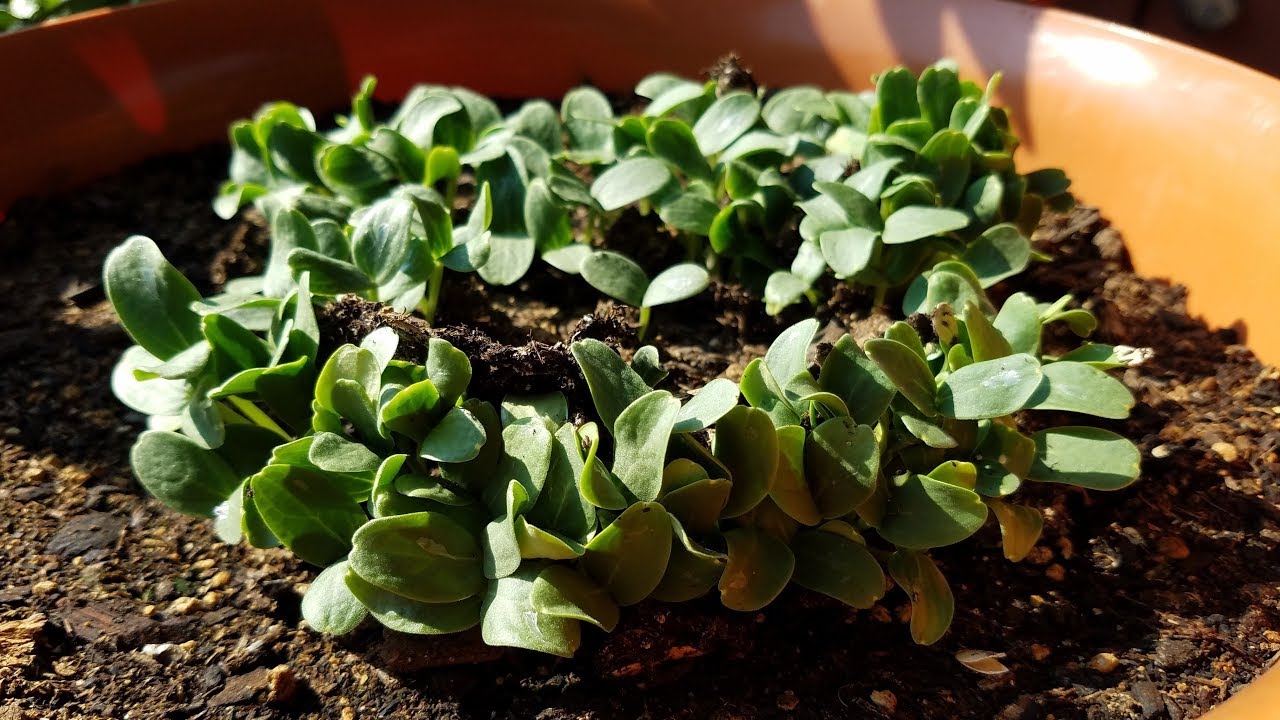
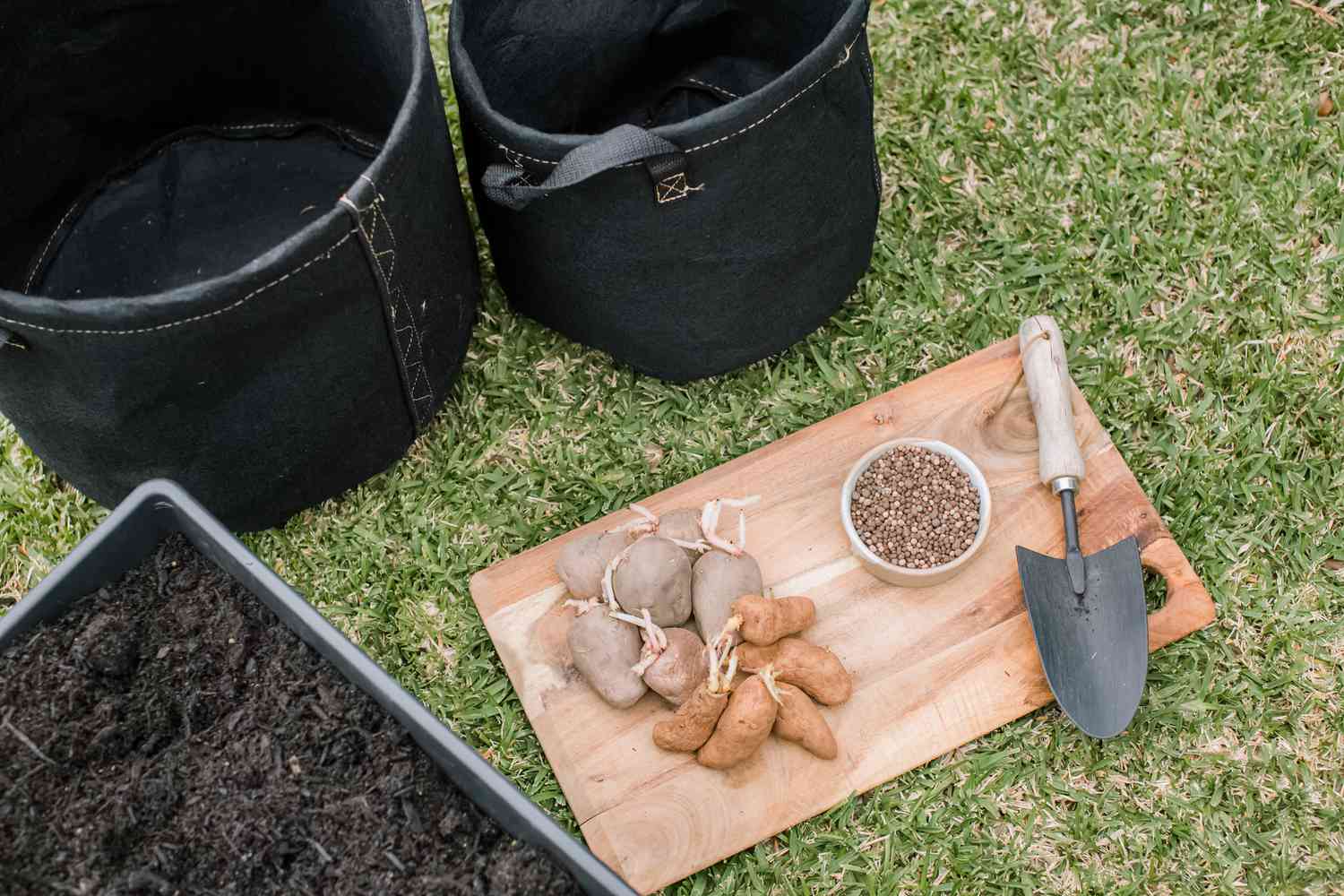
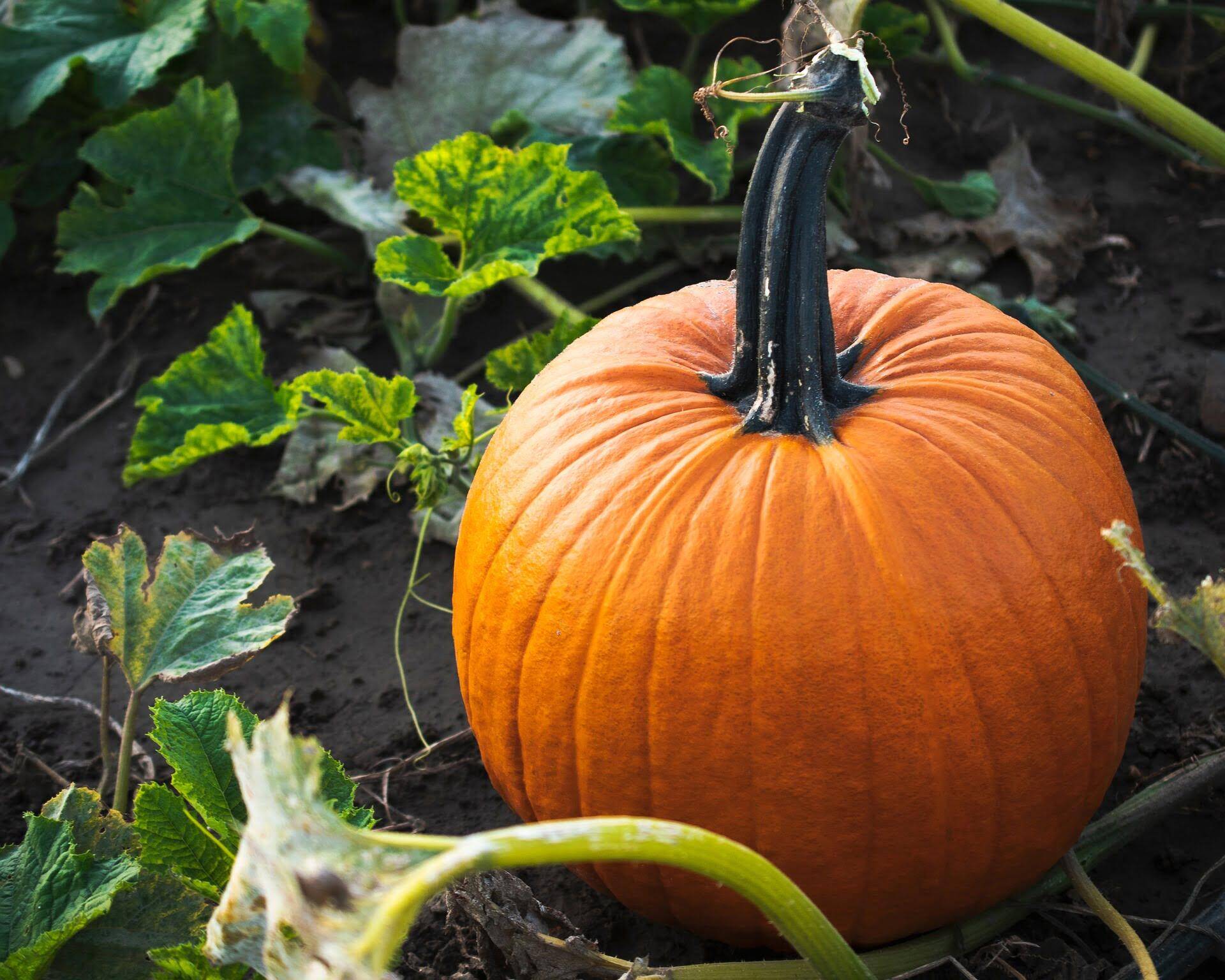
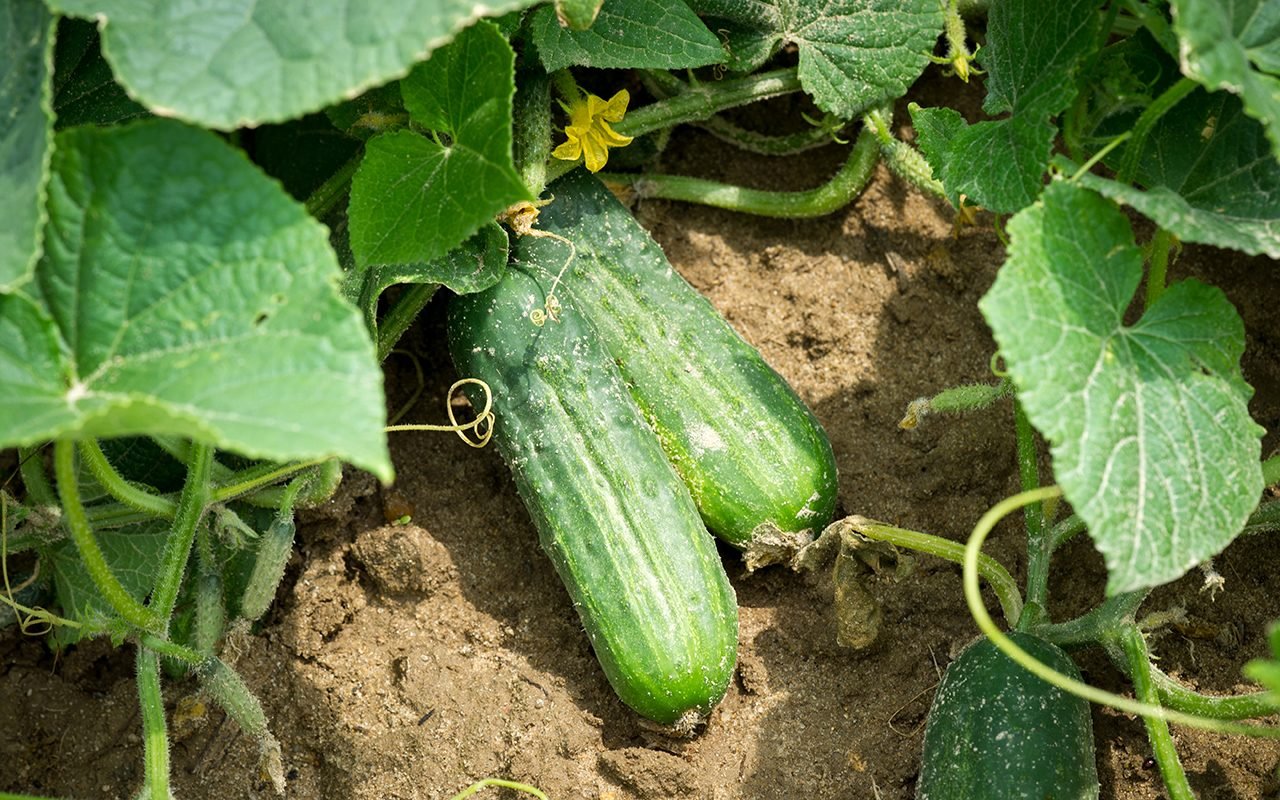

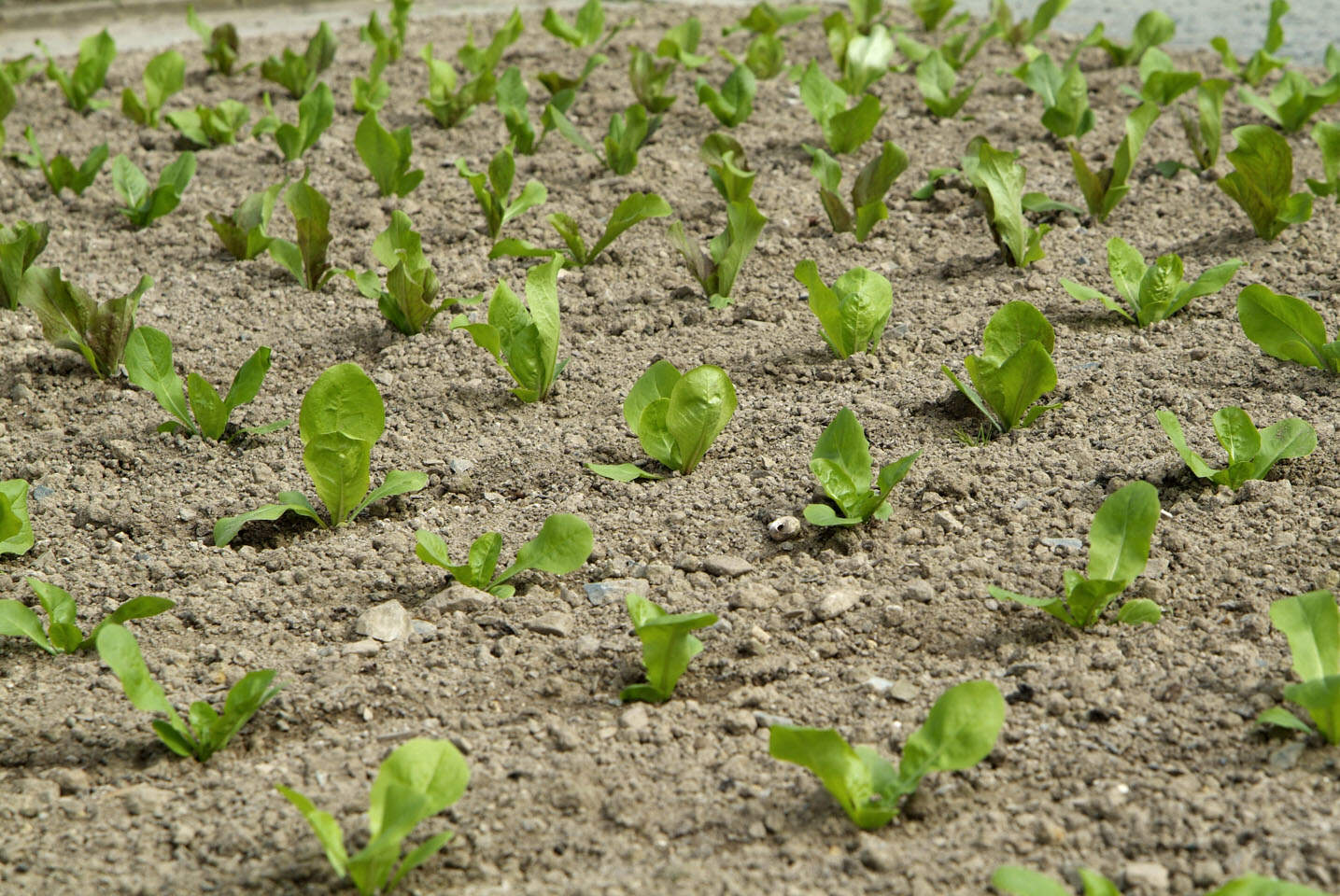
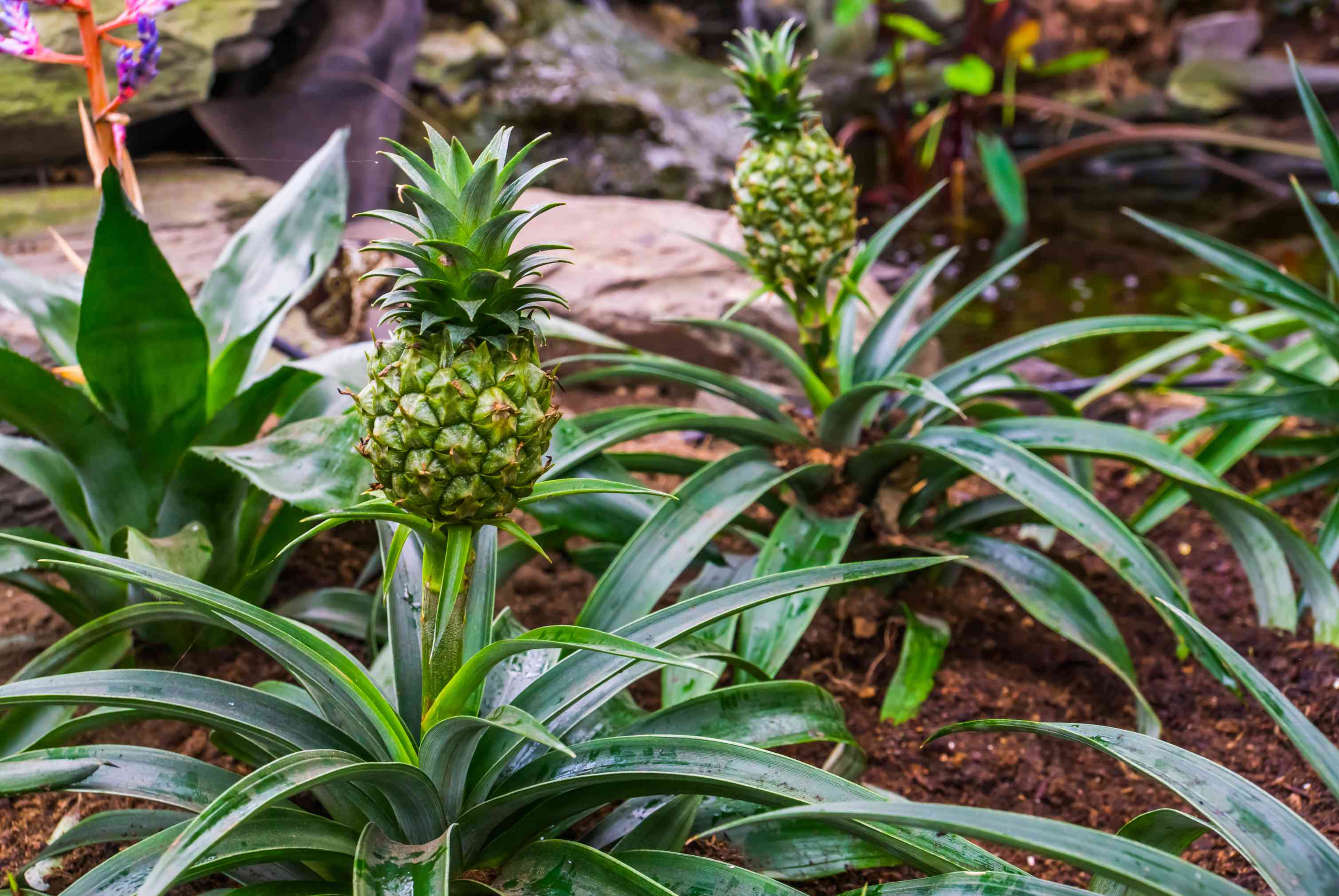
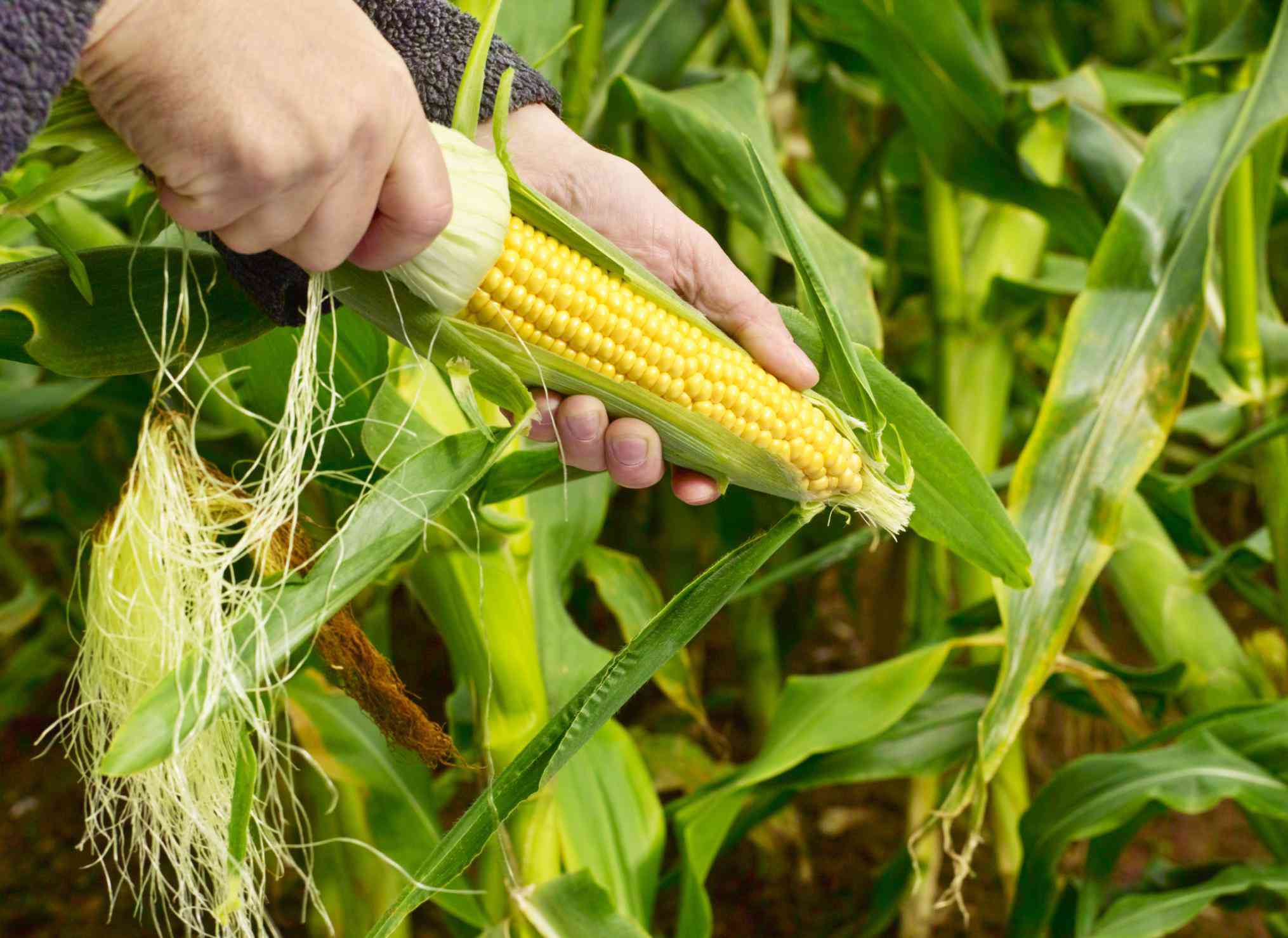
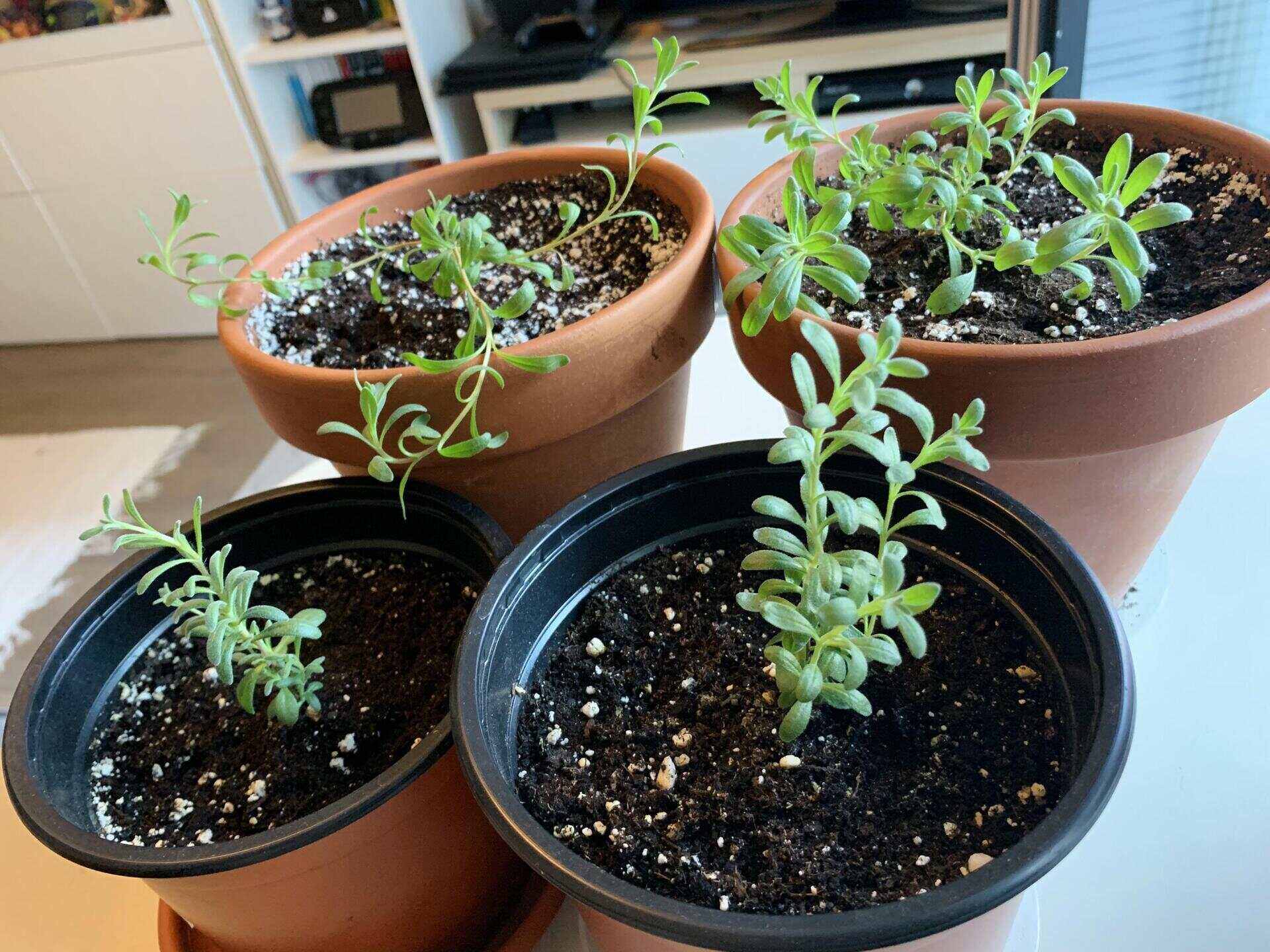
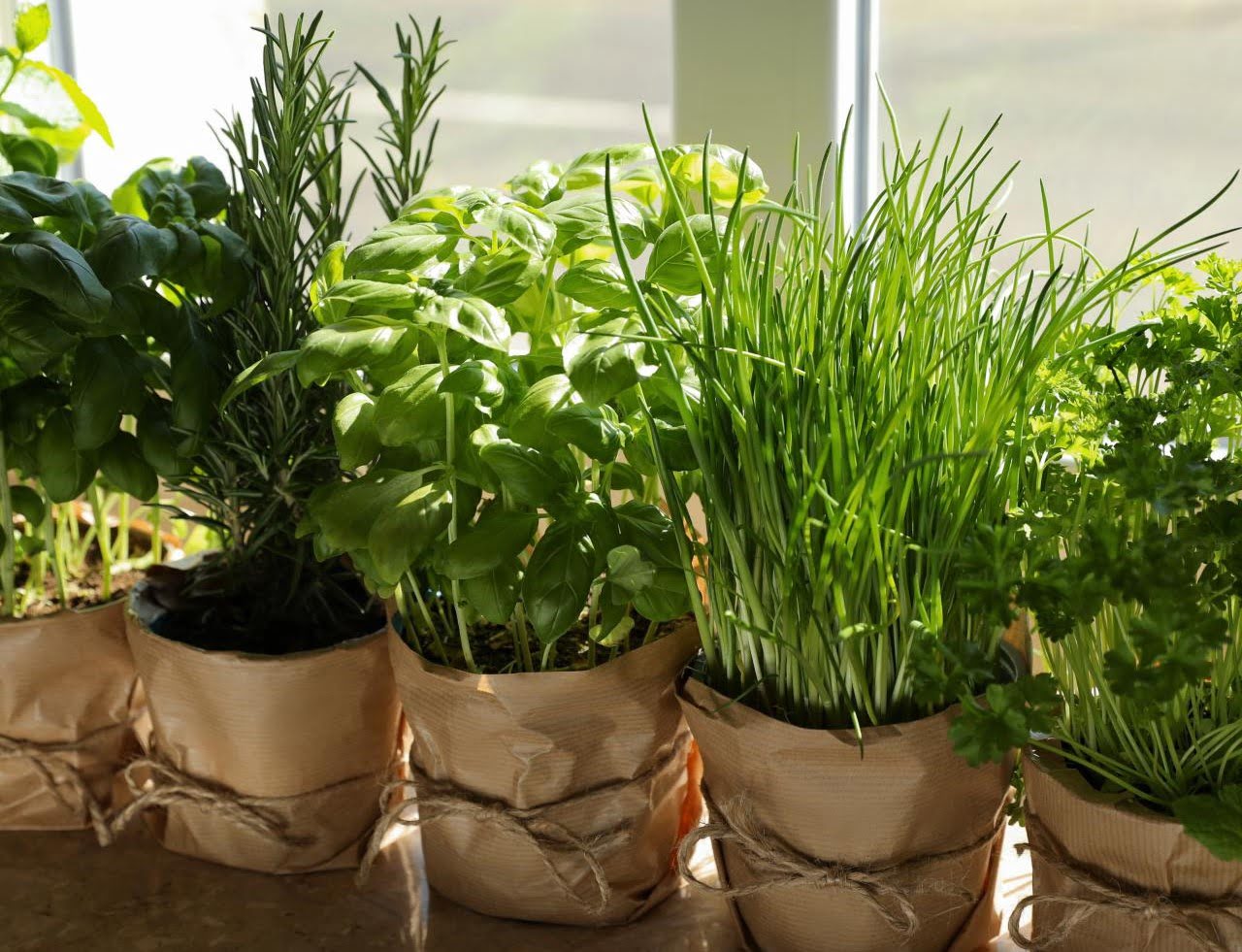
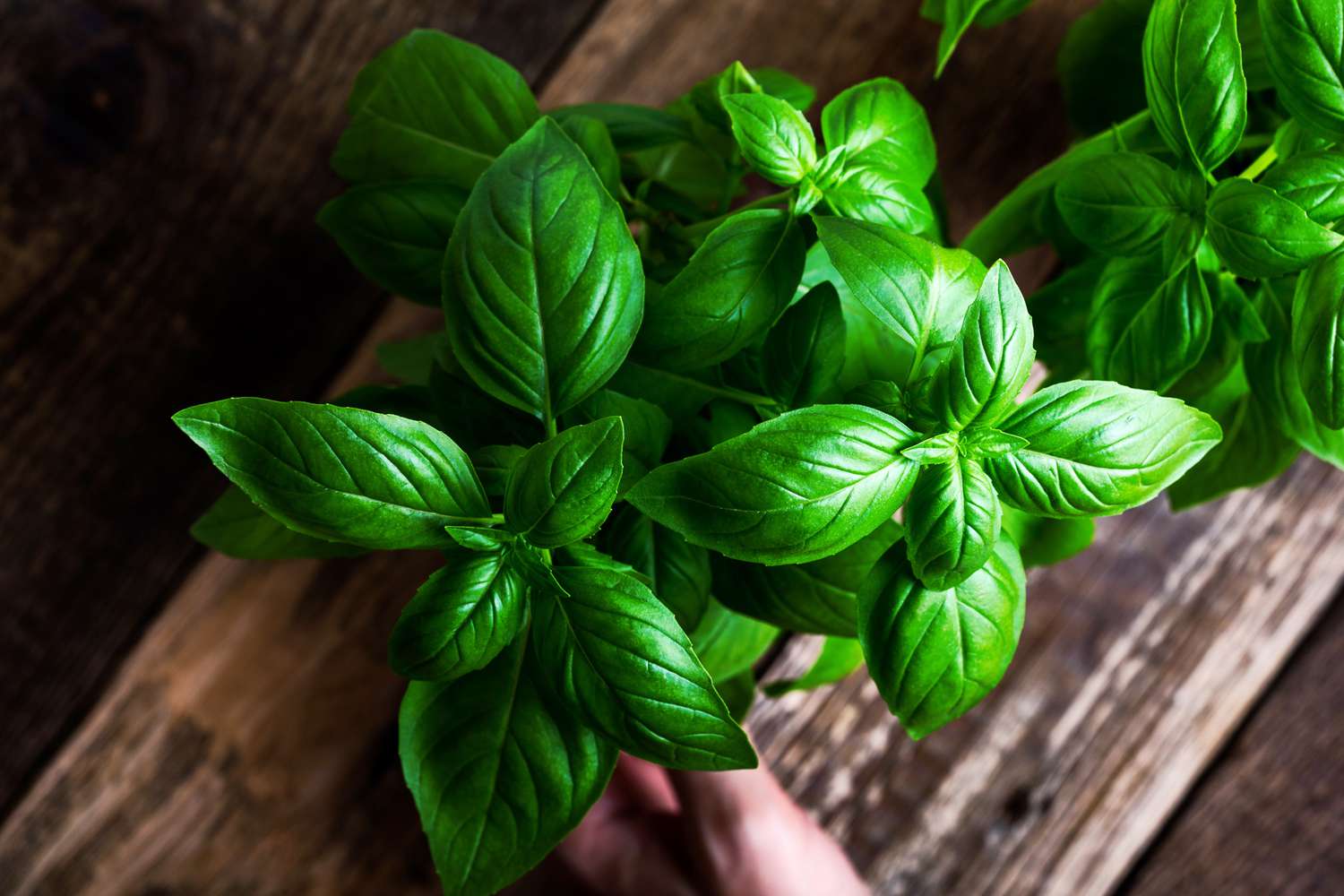
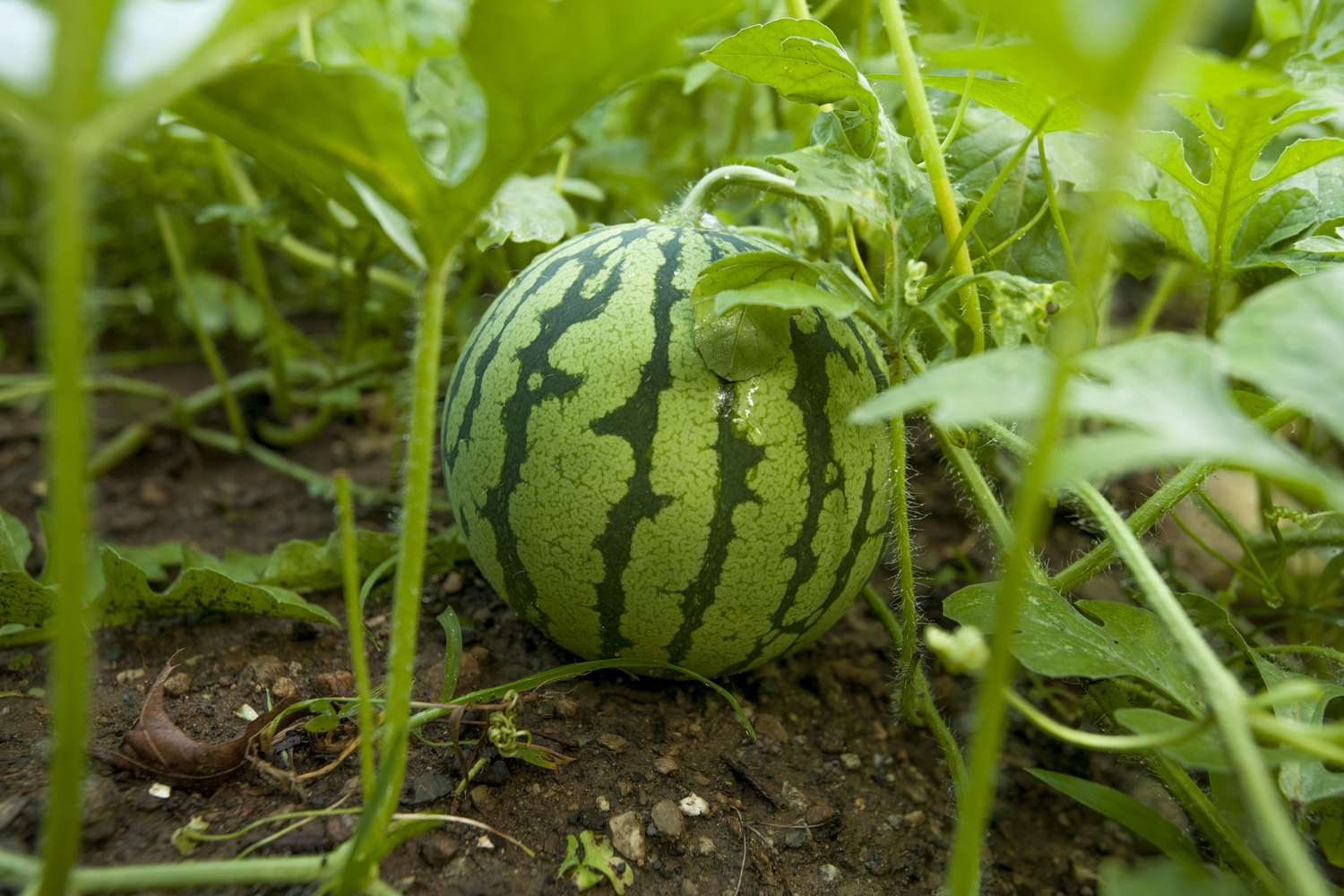
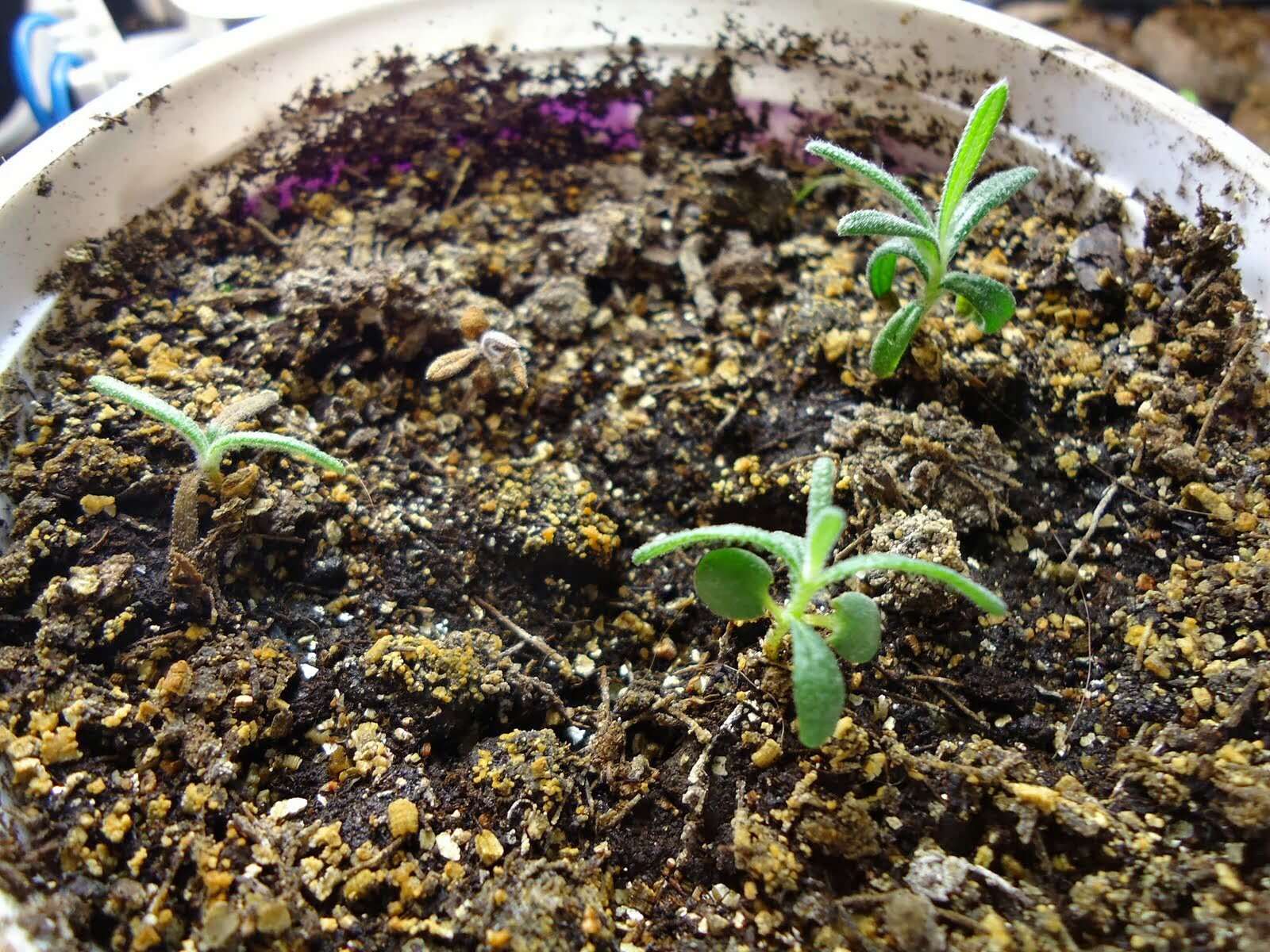

0 thoughts on “How Long To Grow Cantaloupe From Seed”